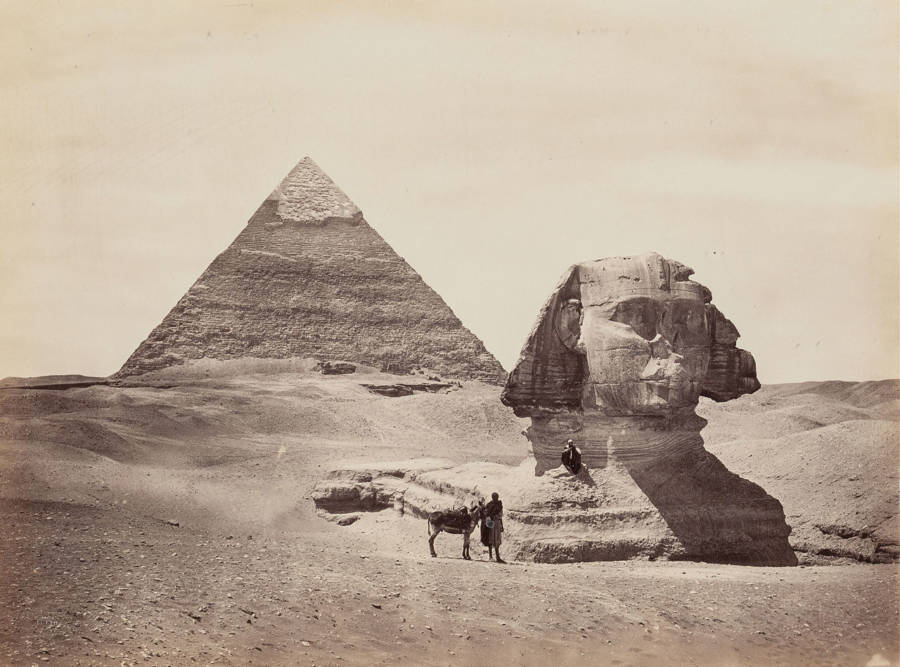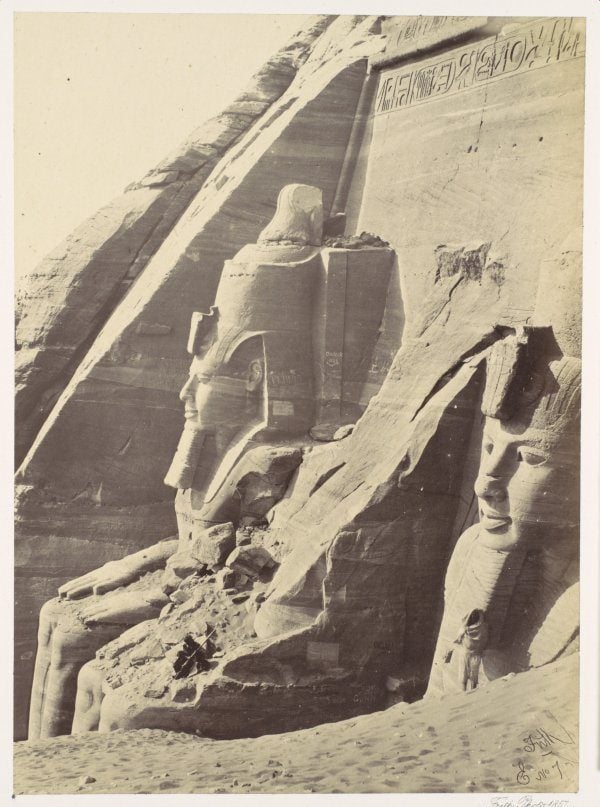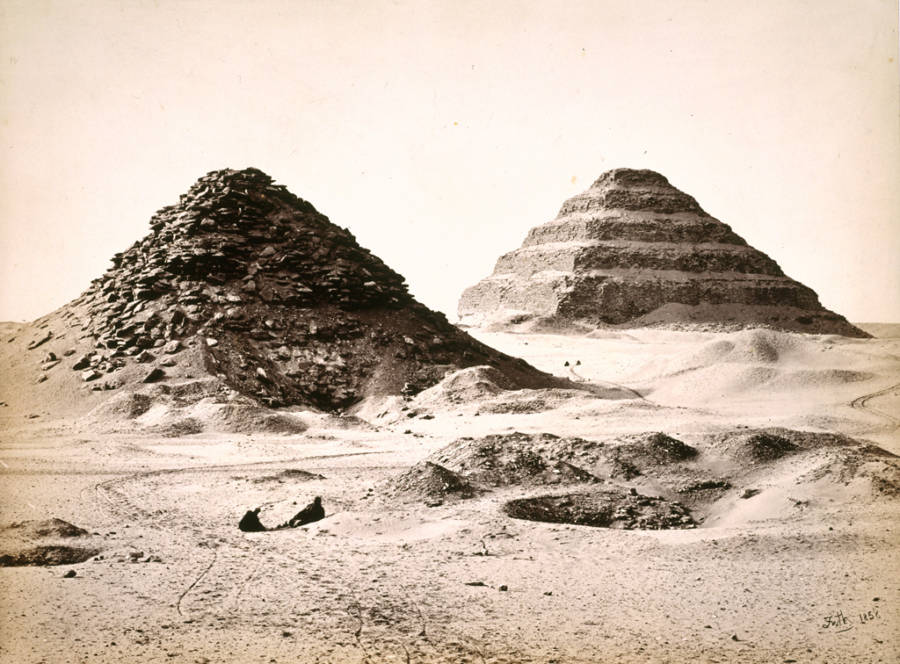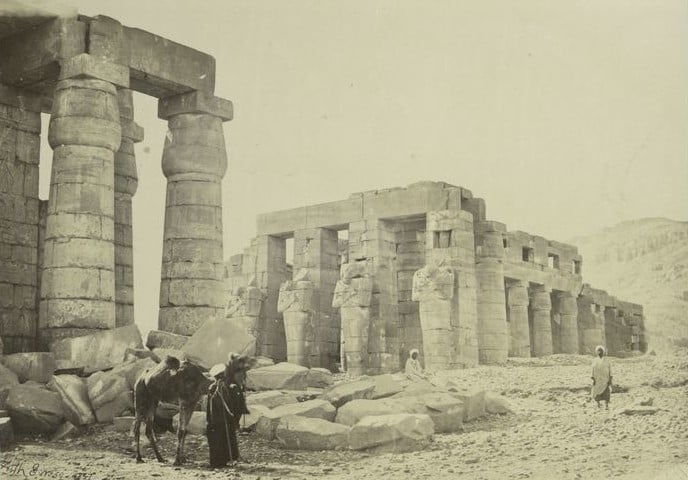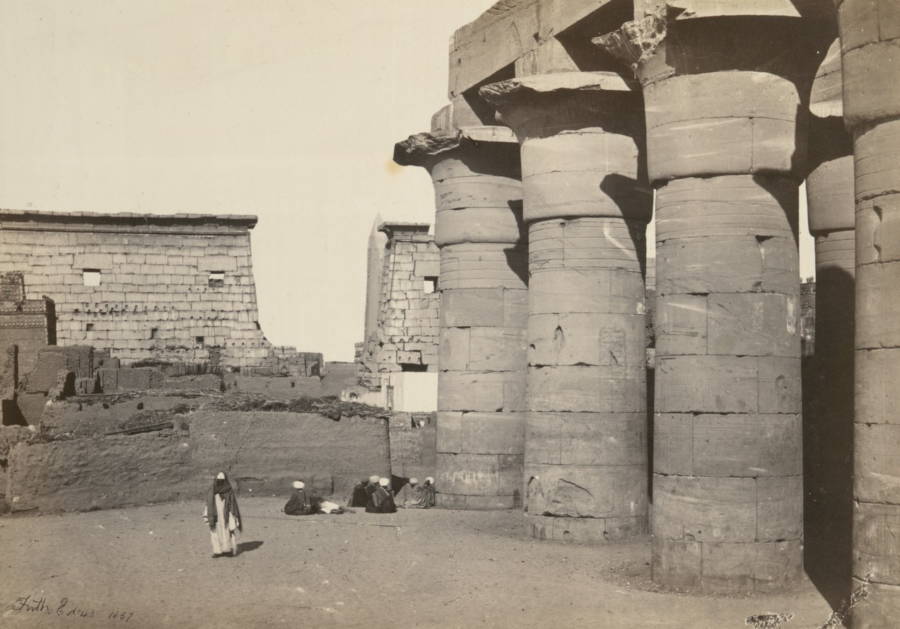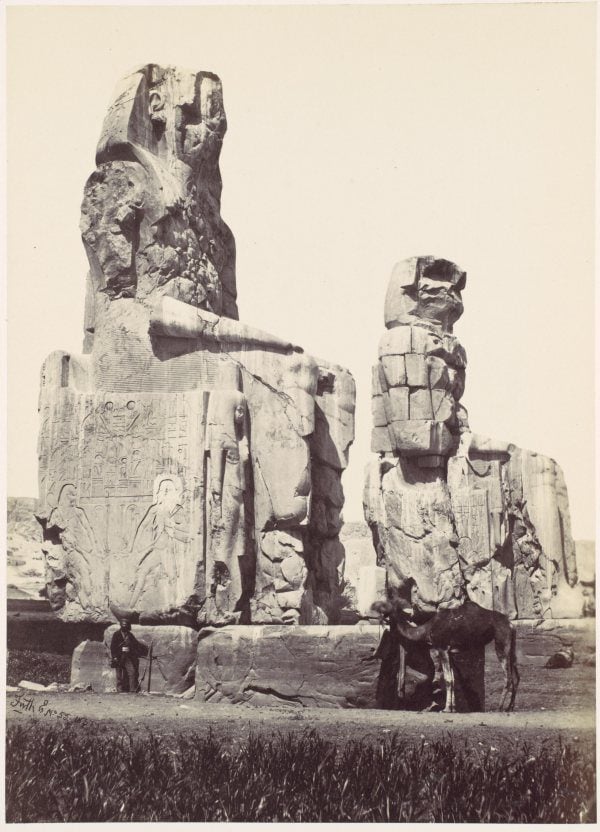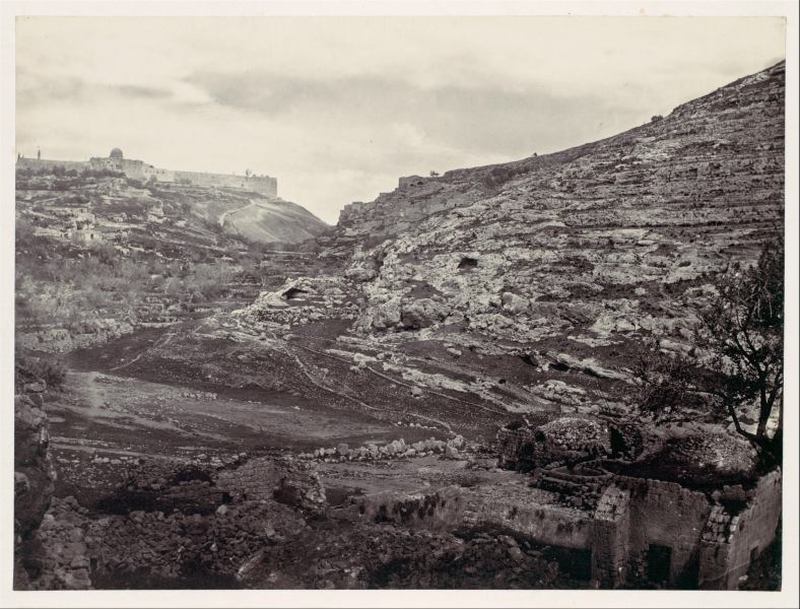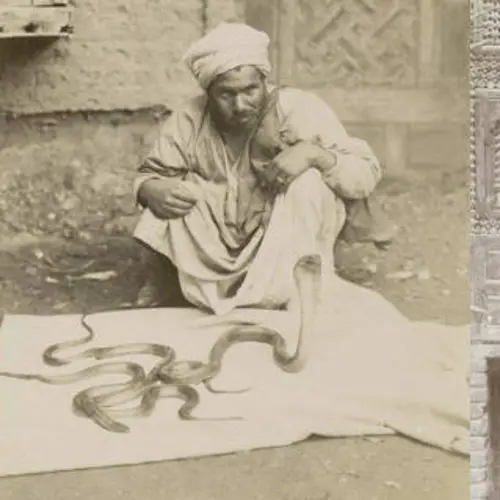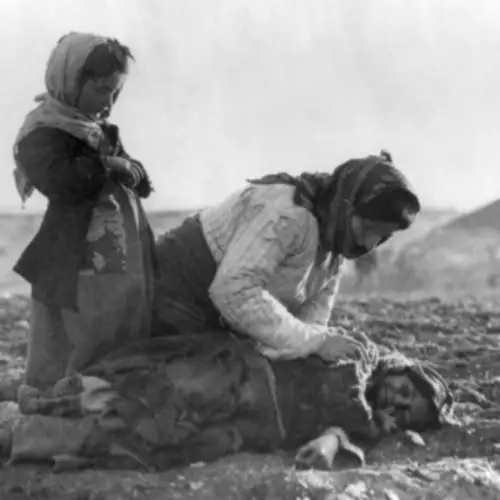See Francis Frith's pioneering photos of the Middle East of the 19th century.
British grocer-turned-photographer Francis Frith took up photography in the early 1850s, unaware that he would start developing his negatives in tombs, temples, and caves within a decade.
In 1856, Francis Frith traveled to Egypt to photograph ancient monuments using a mobile wicker darkroom in the darkest spots he could find. This allowed him to achieve his striking photographic results in a land of overwhelming light and heat. This so-called collodion process had to be completed within 15 minutes as well, which added a layer of drama to the proceedings.
Francis Frith's resulting photographs received such wide acclaim that he returned to Palestine, Syria, and Egypt twice before 1860, traveling farther up the Nile than any shutterbug before him. His pioneer spirit in this regard was a valuable commodity in the mid-19th century West, when photographic "proof" of the Holy Land was in high demand.
Whether it was the Holy Land or elsewhere, Frith believed that photographs could capture the essence of a space unlike any other medium. Photographs, Frith said, could achieve "far beyond anything that is in the power of the most accomplished artist to transfer to his canvas."
Frith's success as a commercial photographer enabled him to establish F. Frith & Co., which specialized in postcards of Britain and the Middle East. After years of enduring "smothering little tents" to build his company and his legacy, Frith switched gears to a managerial role.
His new project involved photographing every notable and historic site in the United Kingdom, a project that required hiring additional photographers. Combined with his postcards of the Holy Land, Frith built a company that his family ran until 1971.
The gallery above is a digital alternative to flipping through these Victorian-era photos depicting a mix of Old Testament sites and Egyptian ruins in striking, sandy sepia tones.
After this look at the work of Francis Frith, check out mid-19th century photos decaying in beautiful ways. Then, have a look at the early 20th century, pro-Western Iraq that is now all but forgotten.
